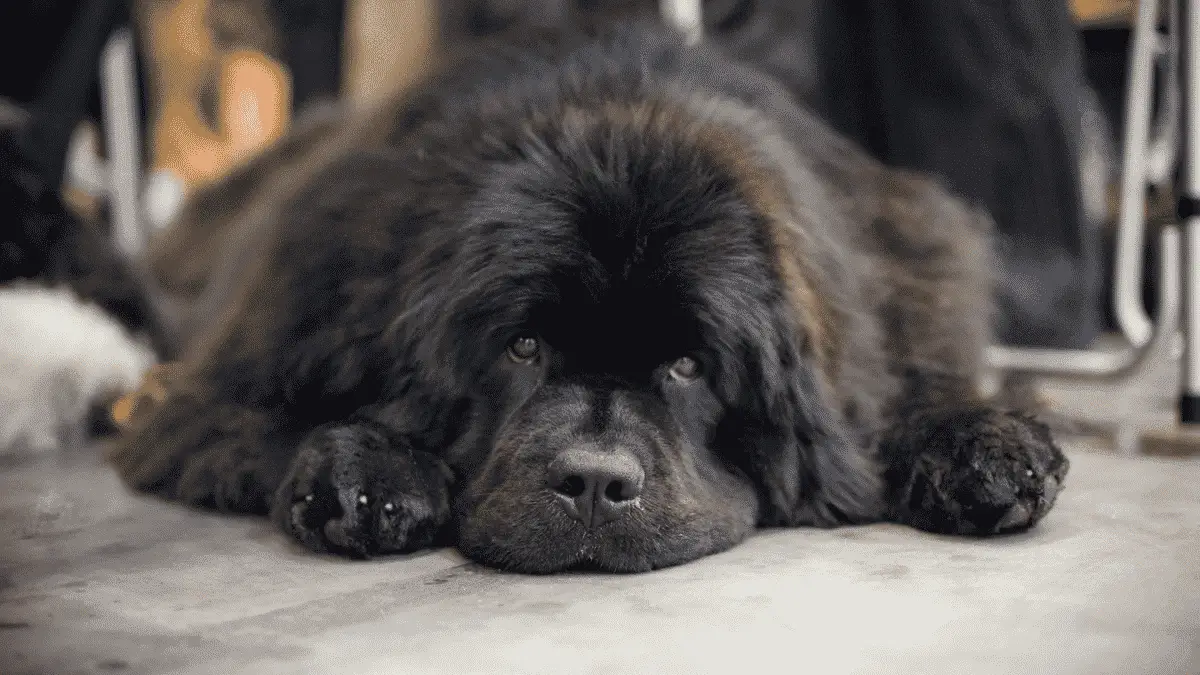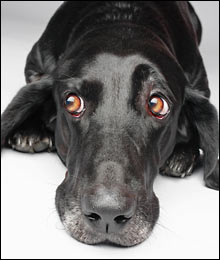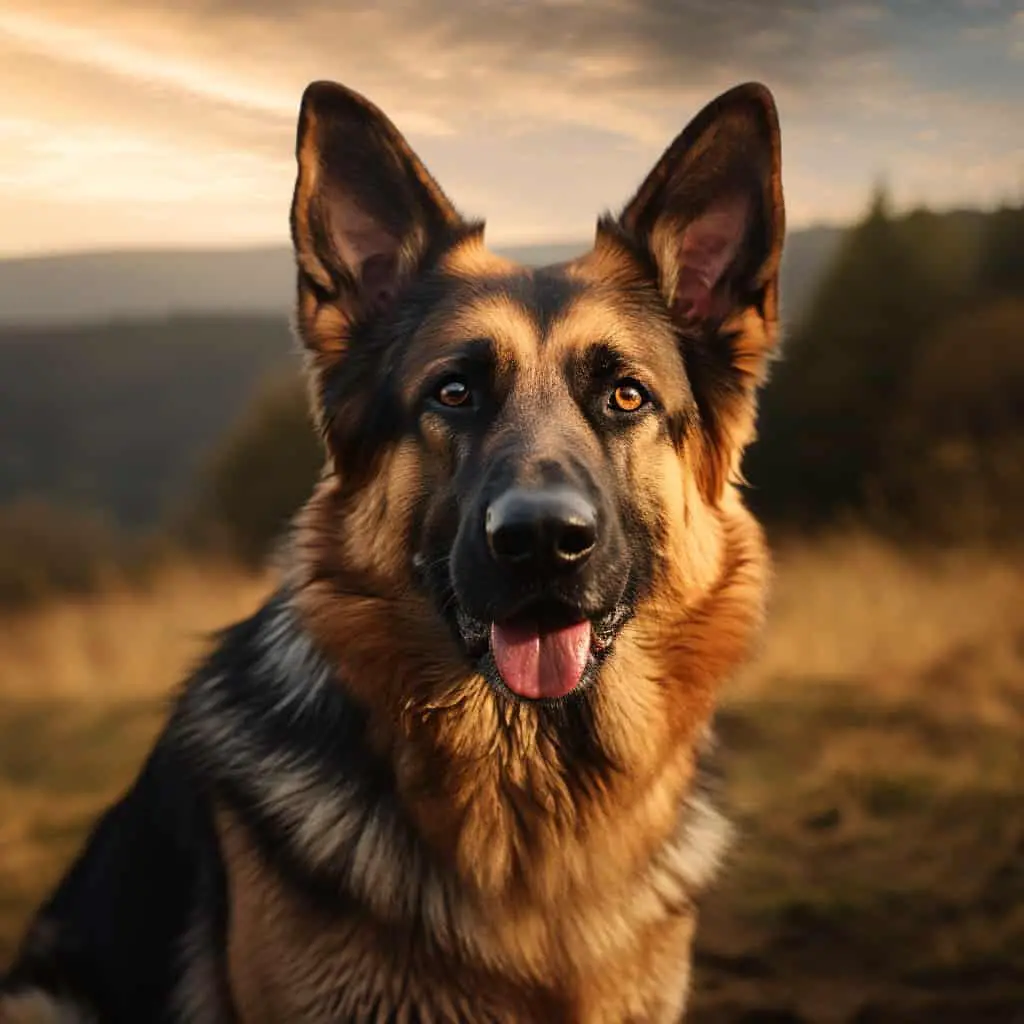Separation anxiety in dogs can result in bad behavior, such as constant barking, howling, peeing, or pooping. We have a Havanese, often known as a “Velcro dog”, so we were always researching how to fix separation anxiety in dogs and how to help separation anxiety in dogs.

Havanese were bred as a companion dog, so you can imagine we’ve had to deal with his separation anxiety.
When dogs have separation anxiety, they might also destroy things. This includes but is not limited to chewing your furniture and shoes or scratching your doors and windows.
You should definitely discuss this with your vet, but in the meanwhile, here are some of our tips to alleviate your dog’s separation anxiety.
How to Fix Separation Anxiety in Dogs
Don’t make it a big deal when leaving or returning to your home. In fact, ignore your dog when leaving and returning so your dog
Try shorter trips away from the home so your dog gets used to you leaving and returning. Start with very short trips (e.g. 1 min, 5 mins, 10 mins) and slowly increase the time you are gone. When you return, don’t make it a big deal.

Consider crating your dog. Sometimes dogs get anxious because they have this big area / home to guard. By putting them in their crate, some dogs are less stressed.
When you leave, give your dog a bully stick or other food stuffed toys to keep them entertained. If you freeze the food stuffed toys, they can last longer.
Ensure your dog also has access to its favorite toys (e.g. squeaky toys or balls).
Consider putting a Thundershirt on your dog when you leave the house.
More on how to help separation anxiety in dogs
If you’re leaving to go to work and will be gone for a long period of time, consider using a dog walker or doggie day care.
We used doggie day care 2-3 times a week and a dog walker on the other days. That way our dog had some days of play and days of rest.
Consider using a calming diffuser (aka DAP diffuser) or spray. Allegedly, they mimic neonatal pheromones that remind dogs of their mothers and the comfort of being a happy, secure puppy.
Using a calming pheromone spray or diffuser to the room where your dog spends time alone can improve the atmosphere of the space for your dog.
In the beginning, we used this with our dog, which seemed to help. We no longer use it now because his separation anxiety isn’t as bad as it was. We used a number of the techniques on this page.
If your dog has really bad separation anxiety, you might consider using calming treats which can help relieve stress before it starts.
We would only try this after you’ve exhausted the above options and probably checked in with your vet.
We have used Pet-Eze with our dog and it does work. First, try out the calming supplement while you’re home to make sure your dog doesn’t have any adverse reactions to it. These chewable tablets can then be given to your dog either in anticipation of an anxiety attack or while the dog is anxious.
ALSO READ




